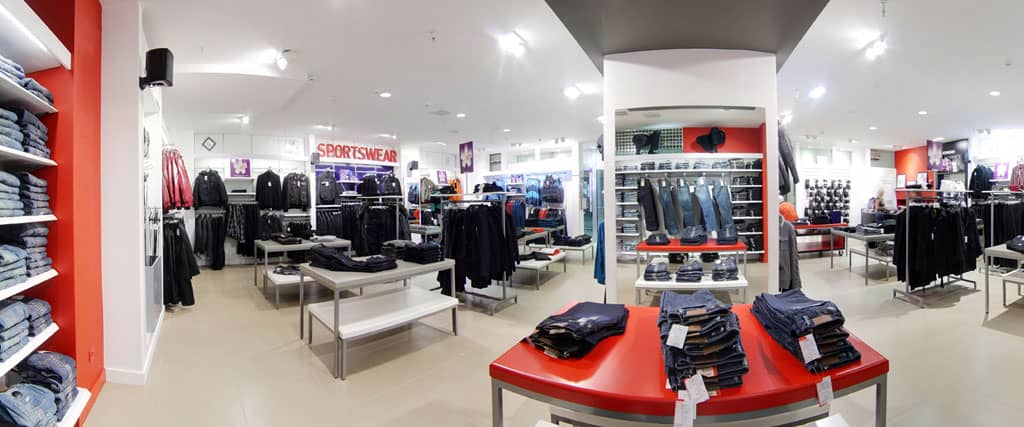The best visual merchandising plans are meaningless unless they’re communicated in a way that’s simple enough for every store associate in every store to execute them quickly and accurately every time.
When store teams lack clear, interactive step-by-step instructions on how to set fixtures and displays, compliance suffers. When compliance suffers, sales are lost, and labor hours are wasted.
Retailers report an average of 40+ hours per week of lost time spent merchandising that could be better invested in serving customers.
As a retailer, how can you improve compliance in an environment where you’re faced with high turnover and less in-store expertise every year?
Ask yourself these three questions about the current state of your visual merchandising to determine whether it’s time for radical simplification:
Are your visual merchandising plans actually visual?
If your store teams are trying to set products and promotions by looking at spreadsheets, static planograms, SKU lists, and other supply-chain output files, then how can they know what the fixture is supposed to look like?
Visual merchandising should be visual.
Giving store associates interactive, easy-to-understand full-color images of fixtures and displays is one of the most overlooked aspects of visual merchandising.
Are your store teams running into information overload?
Traditionally, retailers dump all visual merchandising reference information on a centralized intranet portal or repository.
Store teams need to comb through a mountain of information to find the planogram relevant to their store. This is cumbersome and time-consuming.
The solution? Merging planograms with location data and supply chain planning data allows the store team to see exactly what they need for their store, and their store only.
Do store associates have x-ray vision into the latest changes on their planograms?
Retailers are making more changes to planograms more frequently than ever before, but how are those changes communicated to the people who execute them?
If, like most retailers, your approach is to save the latest planogram or spreadsheet to the intranet, and then rely on store teams to make sense of what’s changed and which products need to be moved, then you’re putting unnecessary pressure on the store associates to “go it alone.”
A better solution is a system that compares updates against current fixtures in each store and then guides associates step-by-step through each reset.
Are you ready to do away with static burdensome, hard-to-read merchandising plans that lead to poor in-store execution and result in lost sales?
Download our e-book on how One Door’s platform solves these problems by simplifying merchandising instructions, using modern capabilities like cloud, mobile, and AI.
